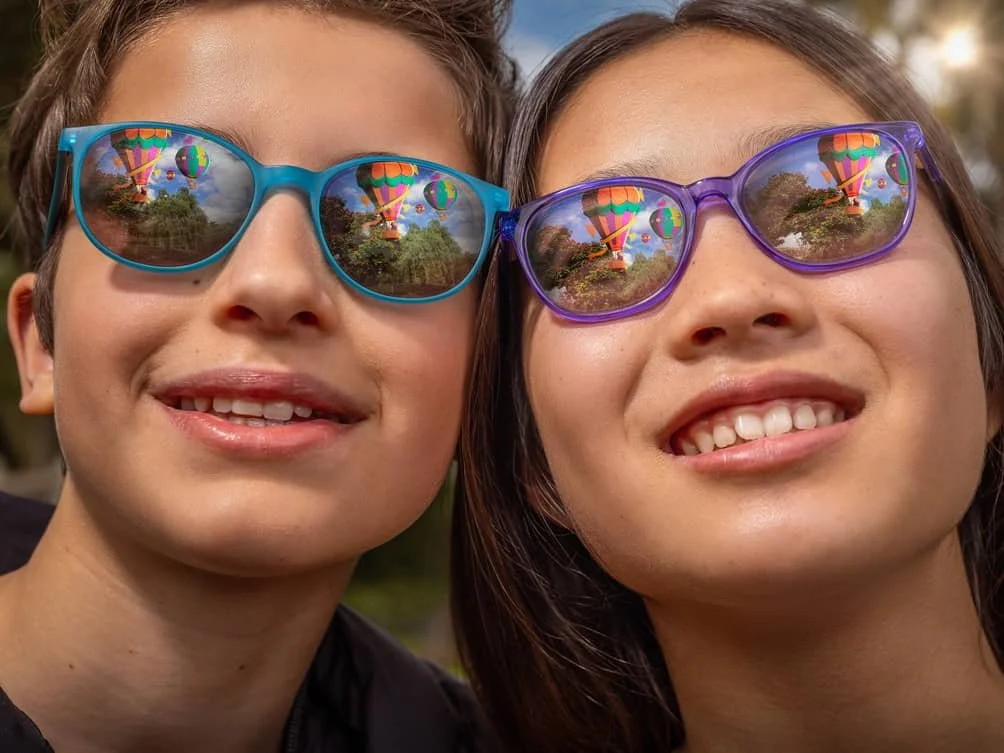
Eyecare blog and news
Our latest news, views and insights
Hoya MiYOSMART Spectacle Lenses: Everything You Need to Know
Discover how Hoya MiYOSMART lenses help correct vision and slow myopia progression in children, with proven results backed by clinical evidence.
Myopia Management for Children: Comparing the Most Effective Treatment Options
Compare myopia treatments for children, including Ortho-K, atropine drops, lenslets and multifocal lenses. Find the right option early.
Benefits of Orthokeratology
Enjoy clear daytime vision without surgery. Discover 8 key benefits of orthokeratology, from myopia control to freedom from glasses and contacts.
How to Choose an Optometrist
Looking for the best optometrist? Check experience, specialisation, technology, services, and personal fit to find the right eye care provider for you.
How Do I Know if My Baby Needs Spectacles?
Learn to spot vision issues in babies aged 3–24 months, including squinting, eye rubbing, and more.
How Does Orthokeratology Work?
If you’re wondering what is orthokeratology and how does orthokeratology work, this easy-to-follow guide is for you.






